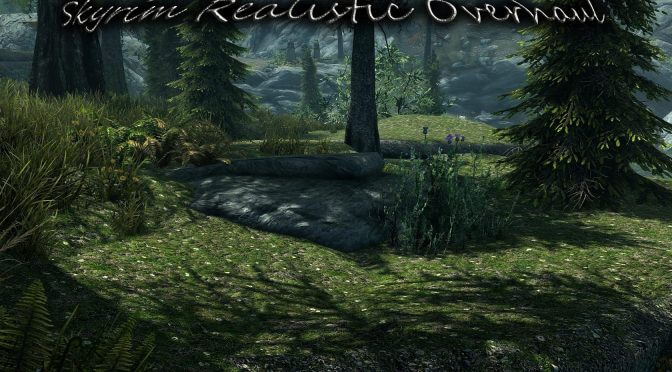
Therefore, to map each point on the model to a pixel in the texture, means some points will share a pixel. It has a width and height, and there is clearly no such thing as half-way between two pixels - it's either pixel 1, or pixel 2. There are a limited number of pixels in the texture map. There are infinite points on a 3D model (look at your hand, find two points - you can keep finding a "half-way" point mathematically, infinite times) You can now set the color of that pixel on your monitor - to the color from the texture. When you view this in game, Maths™ is used, which maps each point on the 3D model, to a pixel on your screen.Īs each point on the 3D model, is already mapped to a pixel in the texture. It's like mathematically wrapping a candy-bar wrapper around the chocolate inside. points to a specific pixel on the texture. The texture is mapped to the model, such that each point on the surface of the 3D model (split into triangles), has a co-ordinate on the texture. You have a texture, which is just a 2D image of colors



You have a 3D model, that looks like a thing - e.g. In short, the graphics pipeline for getting "pretty pictures" on a screen is, with some hand-waving to simplify things: A 4K texture, does not require a 4K monitor.


 0 kommentar(er)
0 kommentar(er)
